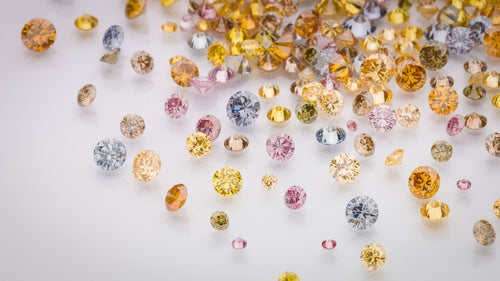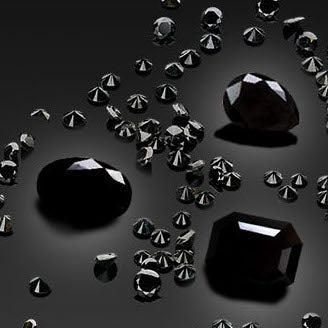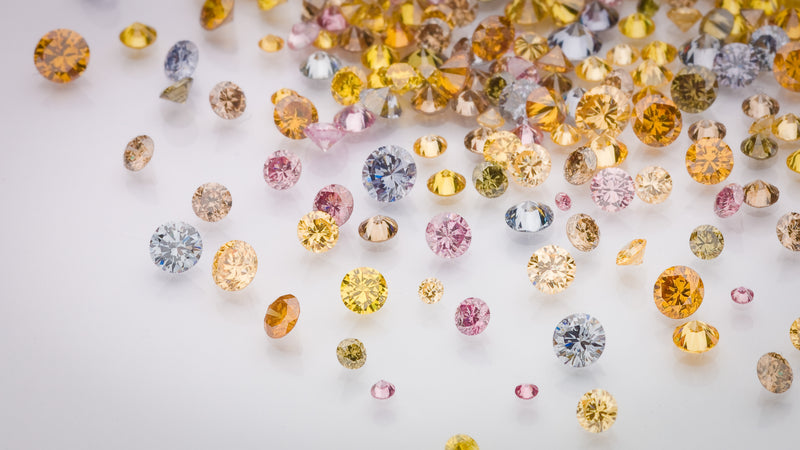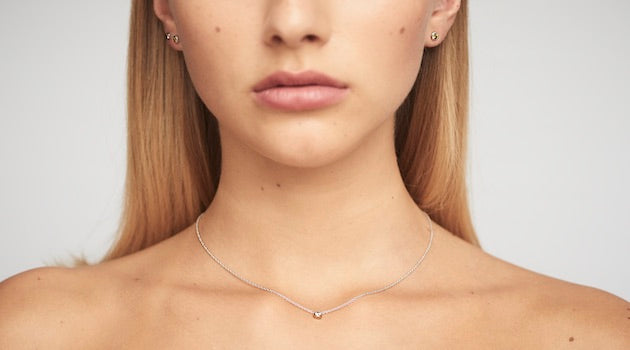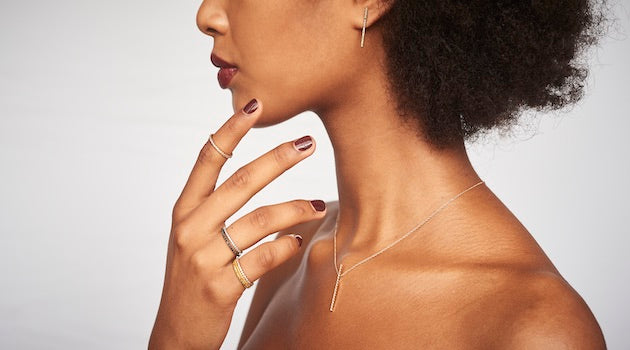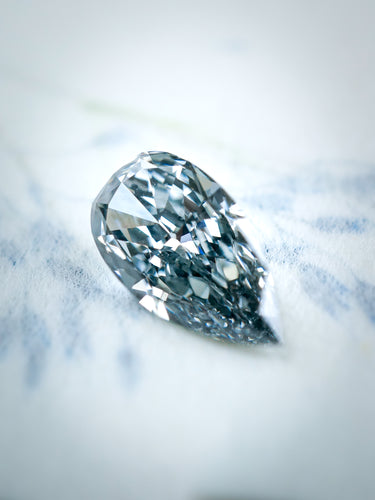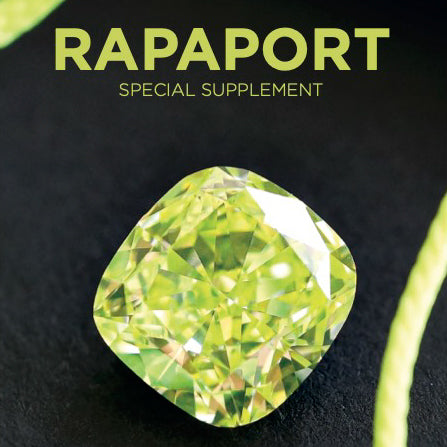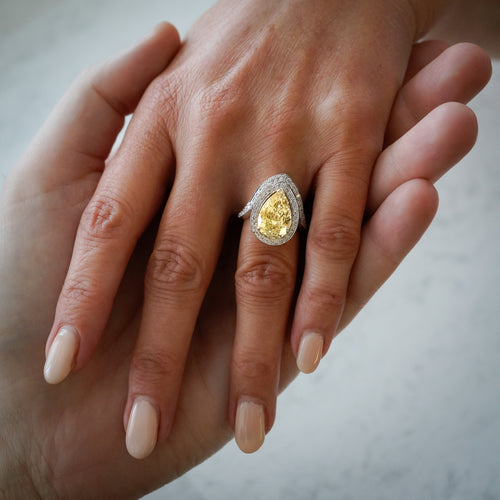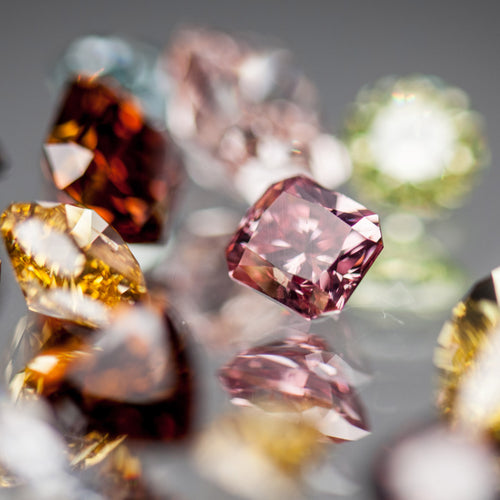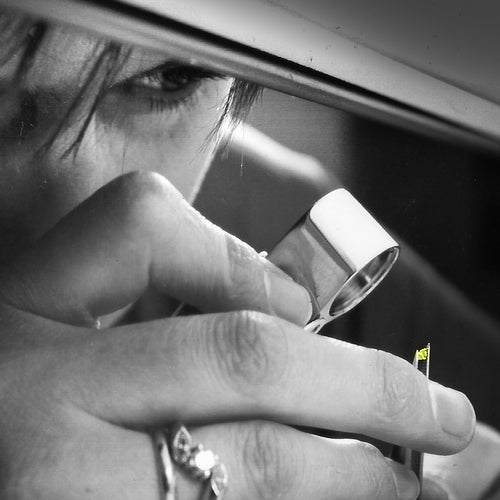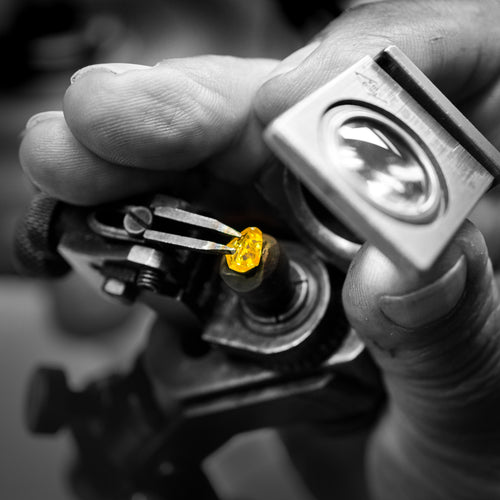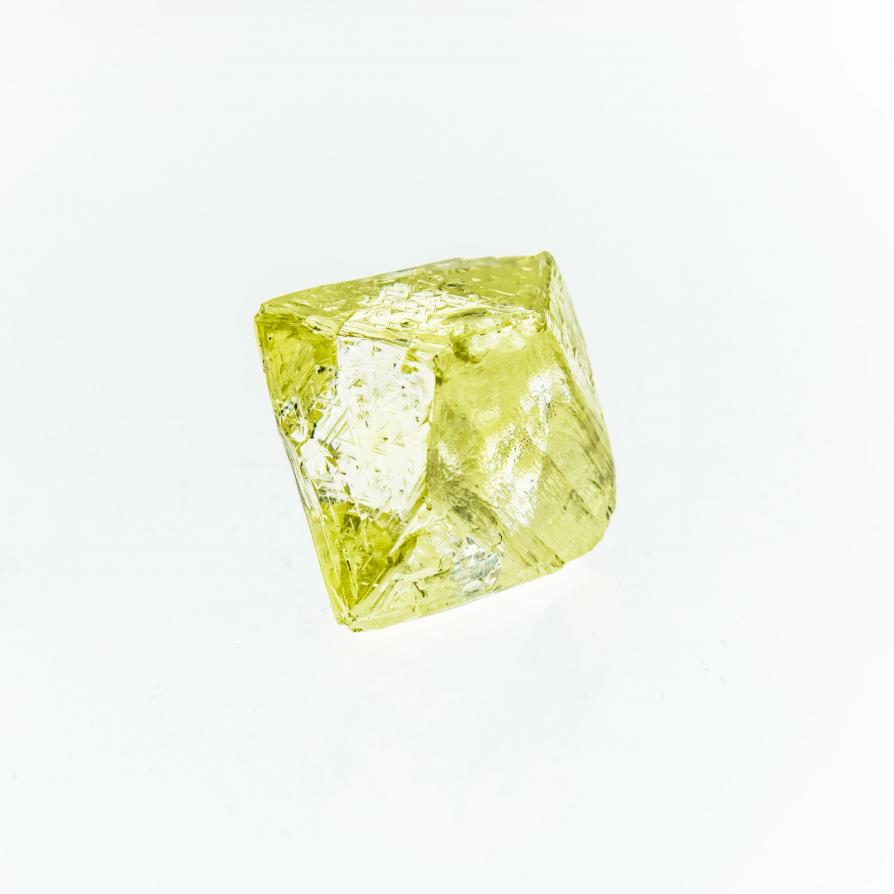

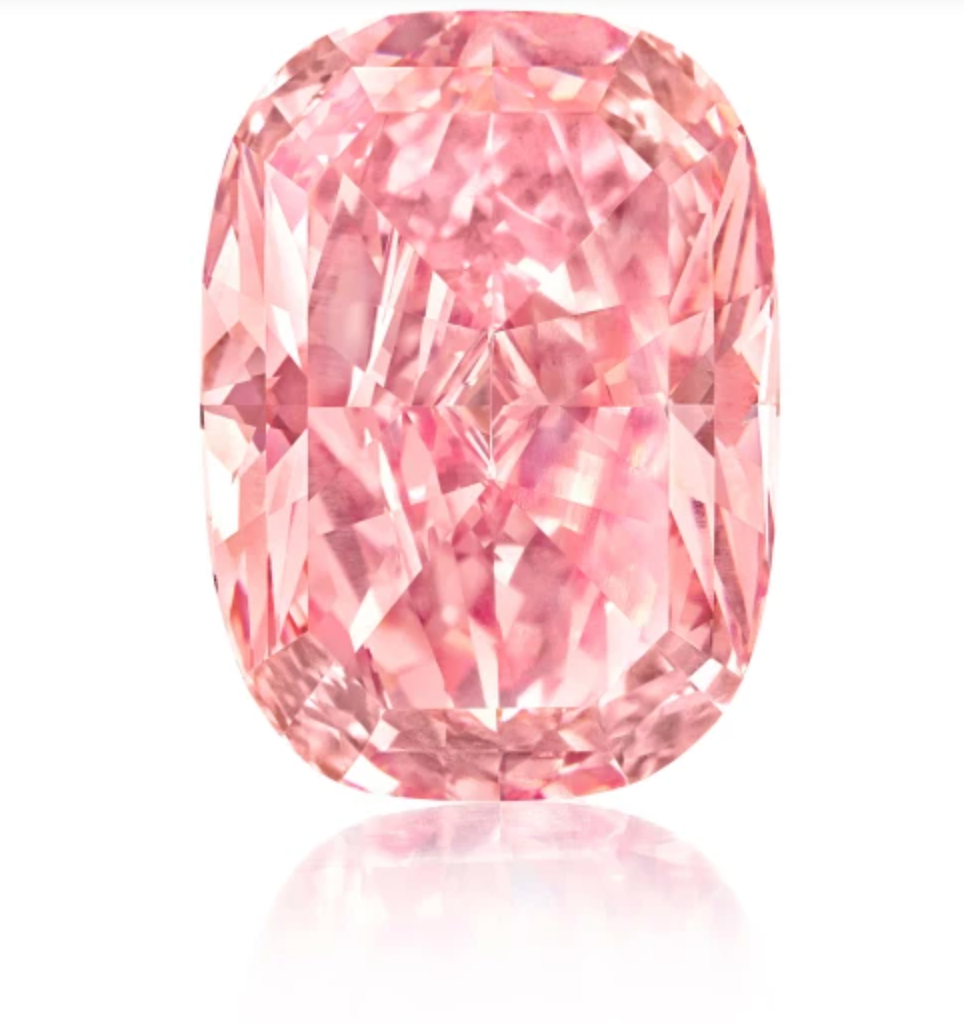
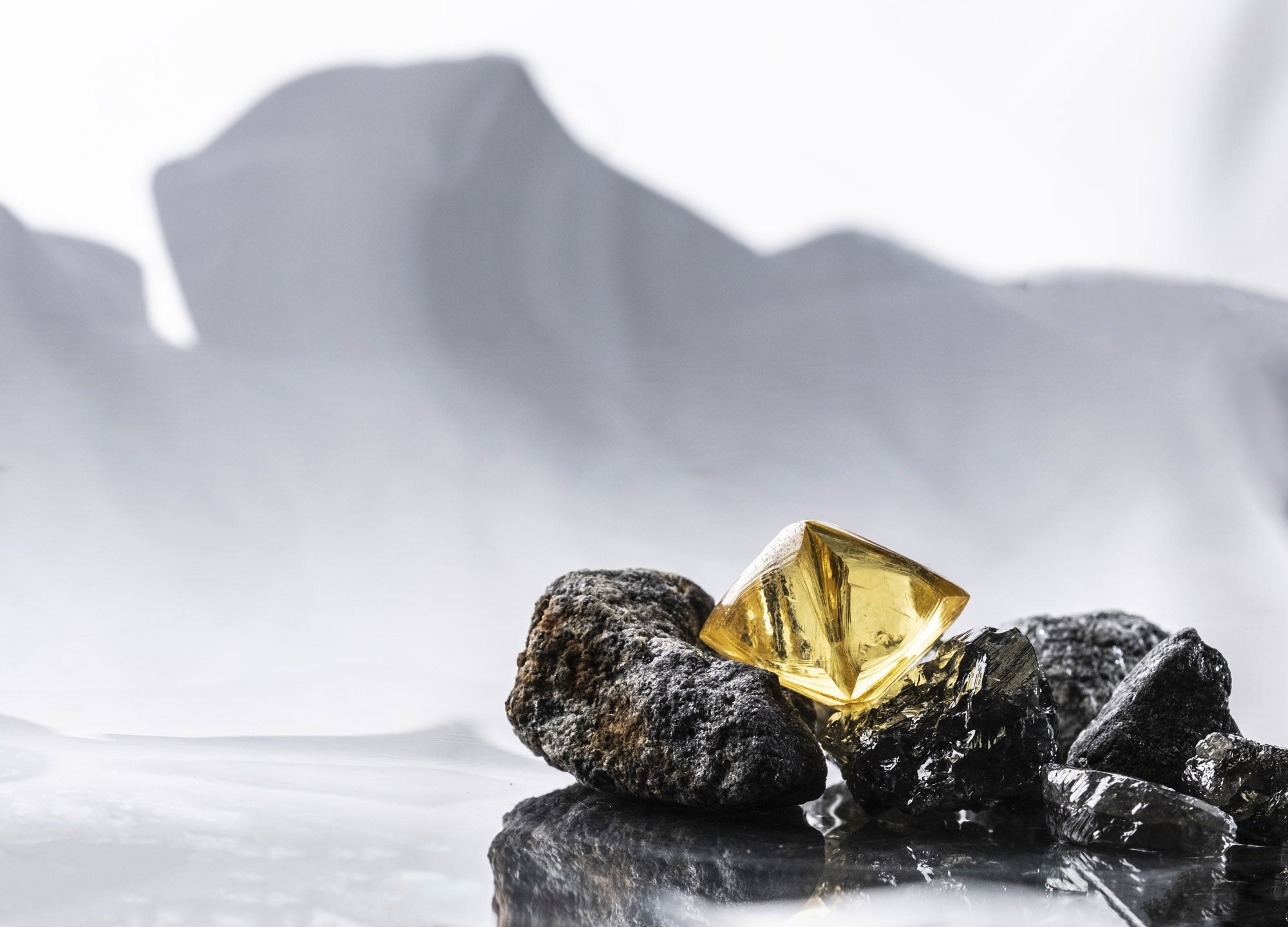
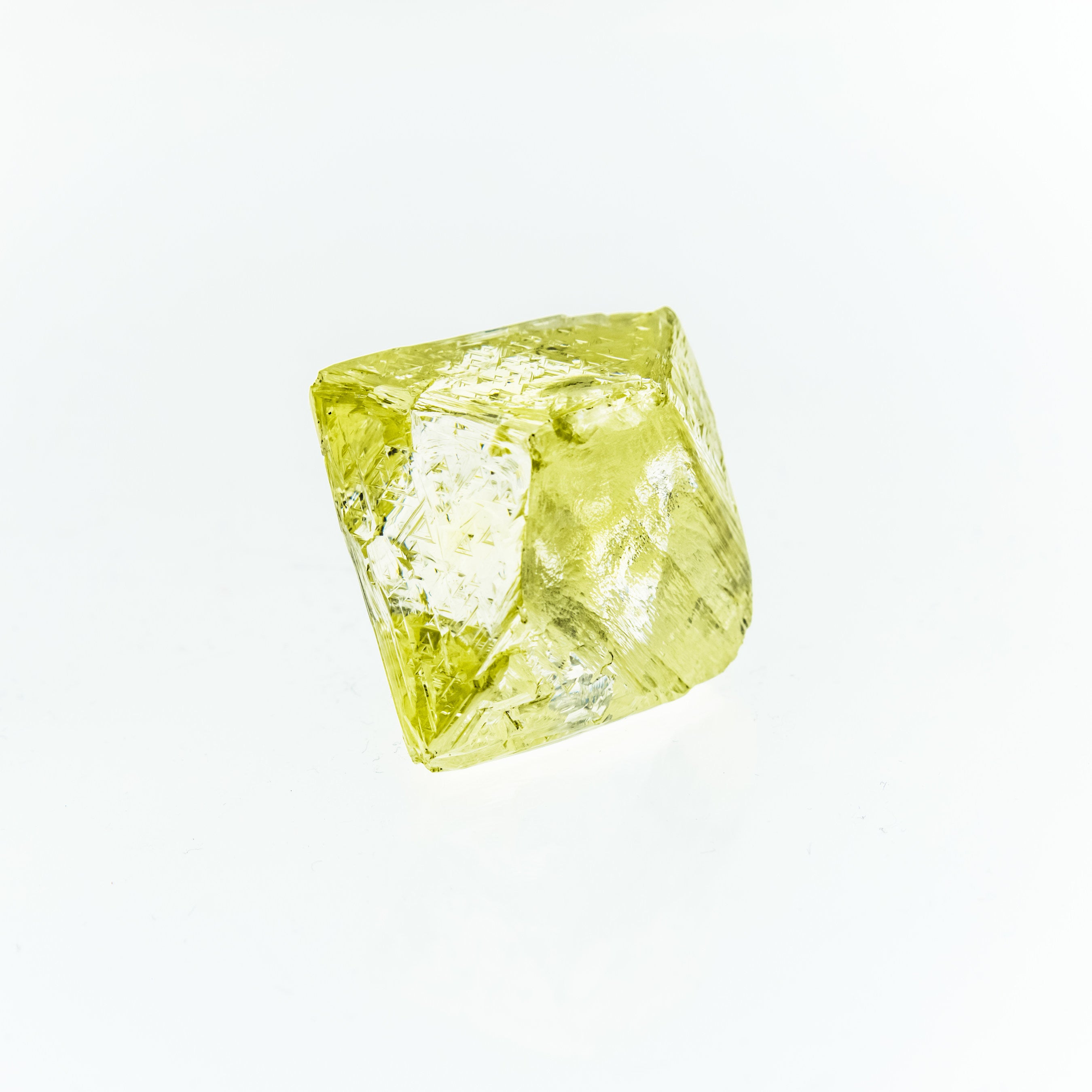
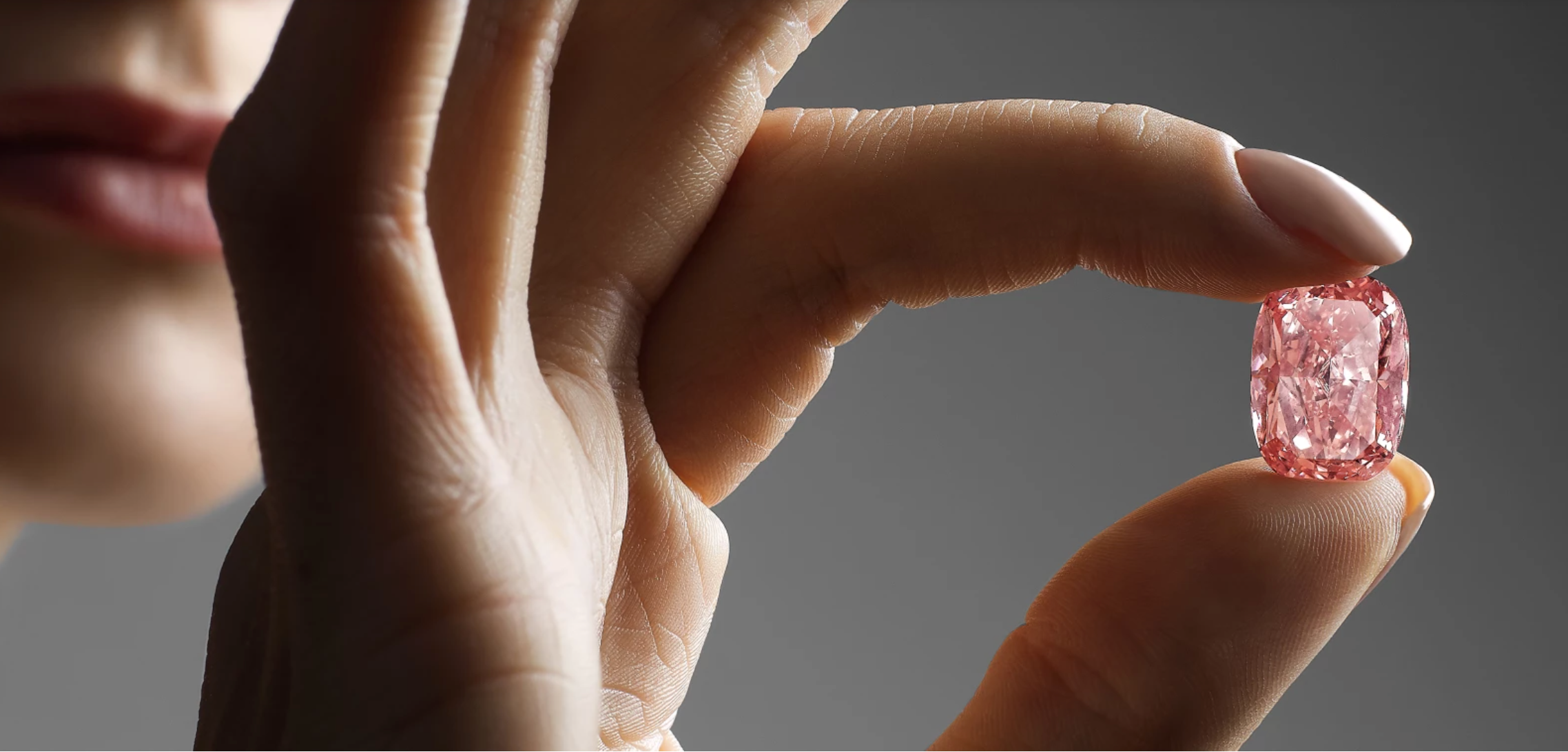
When Is A Diamond Not A Diamond

Rare Investment Report - The recent news of the Popigai crater in eastern Siberia containing “trillions of carats” of "impact diamonds" said to supply the diamond market for three thousand years has received a fair share of attention, however, as the story unfolds, credible sources say that these diamonds are only useful for industrial purposes and cannot be used for jewelry or investment.
“This mineral, impactite, cannot be used in jewelry, so the Popigai deposit cannot change the structure of gem diamond market or impact diamond prices,” said spokesperson from Russian mining giant ALROSA to IDEX Online. “This mineral probably can be used for industrial purposes.”
The Popigai crater in eastern Siberia is said to contain "impact diamonds," only good for technological purposes, not for jewelry [and especially not investment] reported the Siberian branch of the Russian Academy of Sciences in an interview with Bloomberg Businessweek. Scientists show these diamonds are “twice as hard” as the usual gemstones, making them ideal for industrial and scientific uses.
The diamonds found in Russia include other molecular forms of carbon, Nikolai Pokhilenko, the head of the Geological and Mineralogical Institute in Novosibirsk, told RIA Novosti news agency Monday. He noted they could be twice as hard as conventional diamonds and therefore have superlative industrial qualities.
Diamond expert and former editor of the Gemologist, Eric Bruton explains that these kind of diamonds are “crystal aggregates, which is when diamond crystals form together [into] an irregular crystal structure...many are formed of large masses of small crystals in haphazard order.”
Because the molecular structure of “impact diamonds” is different than diamonds of gem quality, they cannot be used for investment purposes. Aggregates are when hundreds of these little crystals are locked together. When you have many diamonds interlaced, it makes them extremely hard to cut and polish, which is why they are not investment quality diamonds.
“Their unusual abrasive features and large grain size expands significantly the scope of their industrial use and makes them more valuable for industrial purposes – in metalworking, in the production of efficient semiconductors, etc,” added Pokhilenko.
In any case, Rare Investment agrees this matter needs further exploration, as well as research on impactite’s features that may benefit the industrial and technological industries.
Rare Investment investors rest assured that their Natural Fancy Colored Diamonds are of the highest investment grade, possessing the greatest potential for appreciation.
